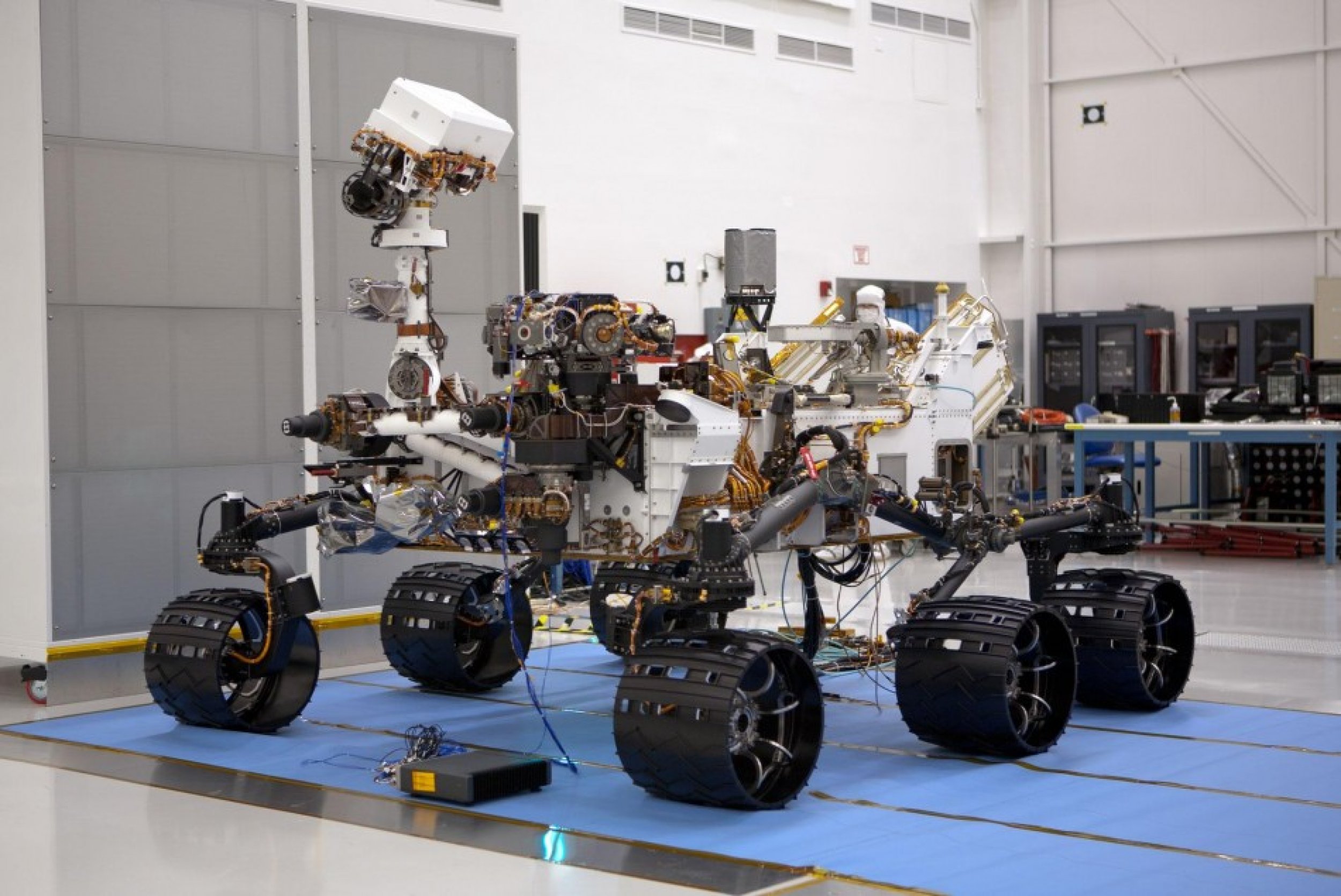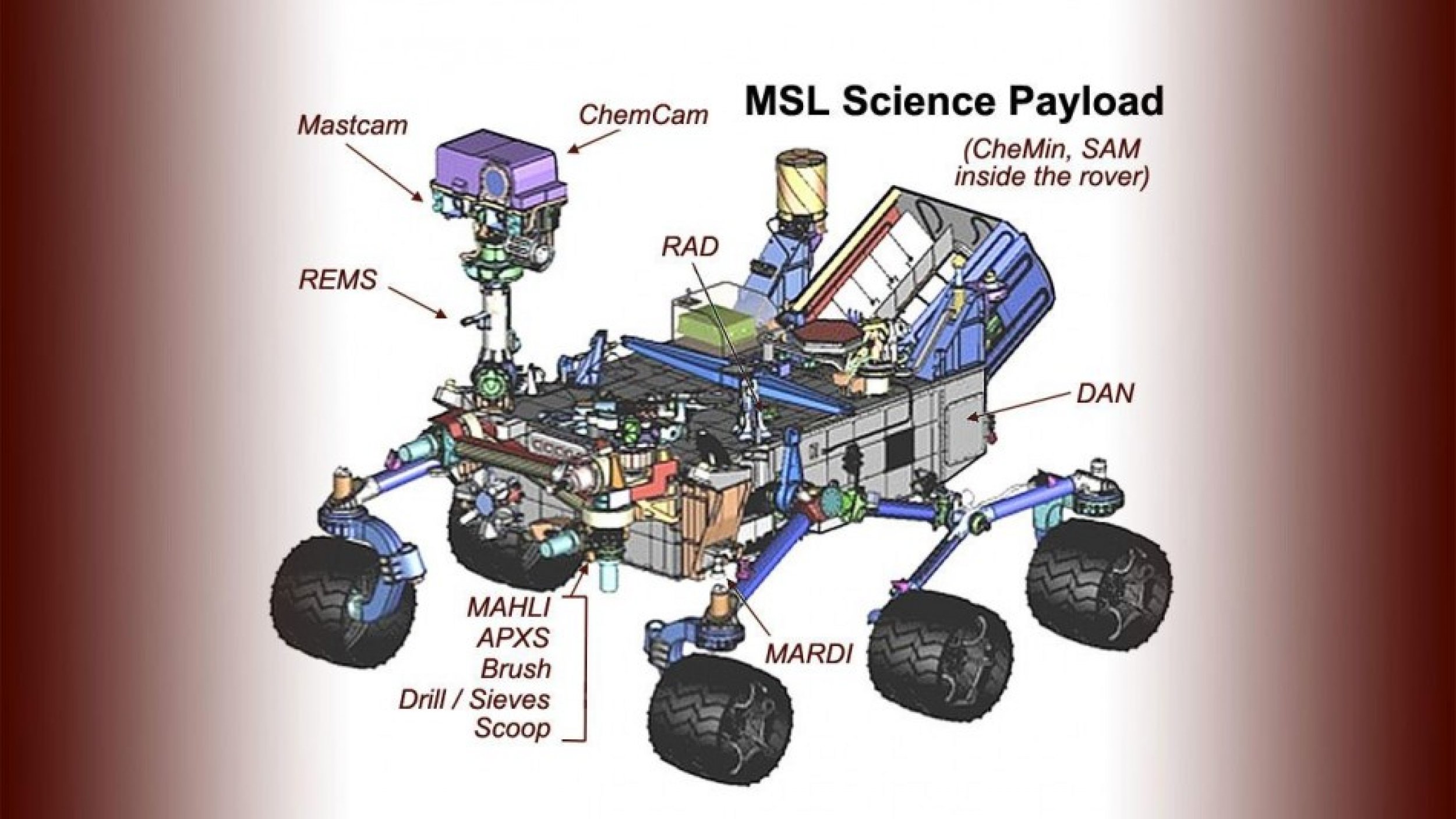Why Was Gale Crater Chosen as Mars Rover Landing Site?
The Gale crater has been chosen as the landing site of the next Mars mission.
Mars Rover Curiosity will be launched late in 2011, land in Mars by August 2012, and conduct a two year mission. Its primary purpose will be to search for evidence of past microbial life on Mars and collect information for an astronaut landing on Mars (possibly some time in the 2030s).
So why was the Gale crater chosen as the landing site?
First and foremost, it was deemed a safe enough location to land and operate for Curiosity. After that, scientists favored it over other potential locations for its scientific attractiveness, especially for the mission of finding evidence of life.
The Gale crater has low elevation and “water runs downhill,” said a NASA-affiliated scientist, so if running water did exist on Mars, a crater would be a good place to look.
The Gale crater, in particular, has an alluvial fan, which is likely formed by water-carried sediments. (Alluvial fans on earth are formed that way.)
Aside from liquid water, Curiosity will look for carbon-based organic compounds, another evidence of life.
Even if scientists don’t discover evidence of running water and life on Mars (“it’s a long shot,” said a NASA scientist), a crater is still an attractive location because its depth offers “a diversity of features and layers for investigating changing environmental conditions, some of which could inform a broader understanding of habitability on ancient Mars.”
The Gale crater is about the size of Connecticut and Rhode Island combined. Within this large area, Curiosity will specifically land near a mountain in the middle that reaches as high as 5.5 km.
The “layering in [this] mound suggests it is the surviving remnant of an extensive sequence of deposits,” said NASA, which makes it an attractive object to study.




© Copyright IBTimes 2024. All rights reserved.











